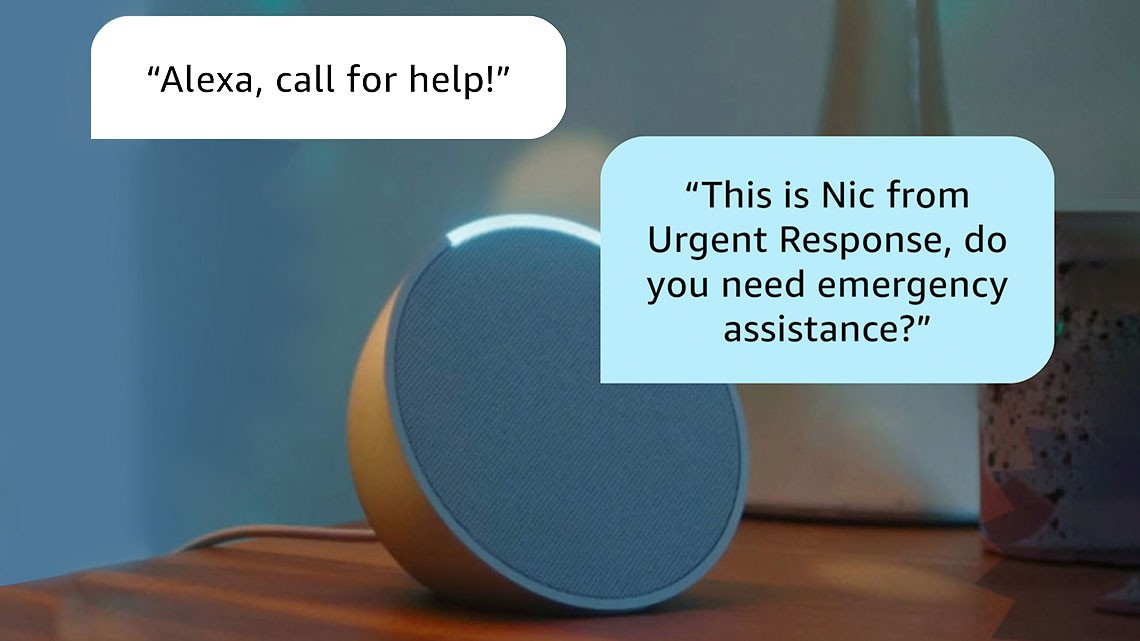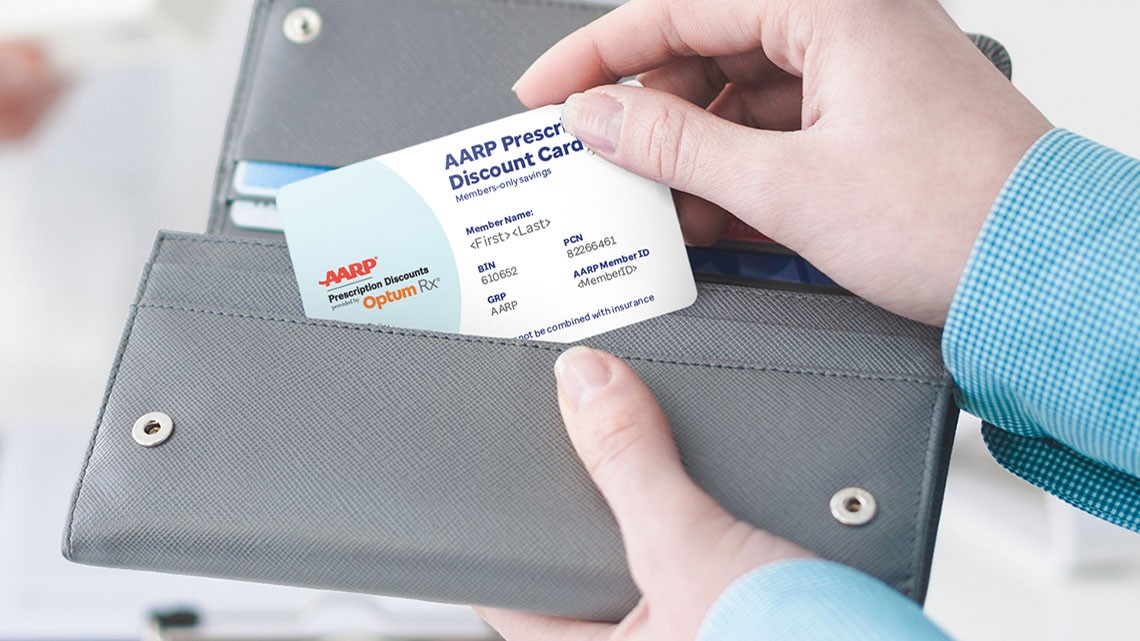Staying Fit


It’s become a familiar sight on social media: A family member or friend is going through a crisis and a request pops up to donate to a crowdfunding site — like GoFundMe, Kickstarter or YouCaring — to help them out. Financially strapped caregivers are turning to this kind of online fundraising more and more when their personal or medical expenses and debts become too much to manage. Over the years, I’ve seen different social and professional circles of mine generously donate to families in their time of need.
Crowdfunding wasn’t around when I first became a caregiver, but if it had been, it could have been a lifeline for me in the darkest of times. I financially struggled as a caregiver, first by the reduction of income for having to work a lesser schedule and then by losing my job when my medical leave expired. My mother’s medical expenses were significant and we paid out of pocket for her nursing home. We were both too middle-income and too young to qualify for assistance.


AARP Membership— $12 for your first year when you sign up for Automatic Renewal
Get instant access to members-only products and hundreds of discounts, a free second membership, and a subscription to AARP the Magazine.
Caregiving is expensive. Family caregivers typically spend over $7,000 of their own money on care-related expenses annually. On average, family caregivers spend 26 percent of their income on caregiving activities. An AARP research study found that about half of caregivers report experiencing financial setbacks. This may mean they have had to curtail their spending, dip into personal savings or cut back on retirement contributions. It’s no wonder that many are asking for donations to help with the financial strain.
Free Tax Help
Did you know AARP provides tax assistance to more than 75 million older Americans? The AARP Foundation Tax-Aide program is the nation’s largest volunteer-based free tax assistance and preparation service.
If you’re considering starting a fundraising campaign to help you and yours in your caregiving journey, there are things you’ll want to think about before you get it started.
Determine who will receive the funds
First, you’ll need to decide who will be the beneficiary of the campaign: you or your care partner. If you are raising funds to help with your lost income from caregiving or increased household expenses, then the campaign benefits you. If you are raising funds to help with your care partner’s out-of-pocket expenses, medical debt or other needs, then the campaign benefits your care partner. (Reminder: Be aware of fees charged by the crowdfunding platform. They may be significant.)




































































More From AARP
Couple and Homeless Man Conspire on Viral $400K GoFundMe Scam
A seemingly heartwarming story of a homeless veteran helping a stranded woman turns sour
A Legal Checklist for Family Caregivers
6 steps to take to protect your loved ones and yourself
States With Paid Family Leave Laws to Help Caregivers
States With Paid Family Leave Laws to Help Caregivers
Recommended for You